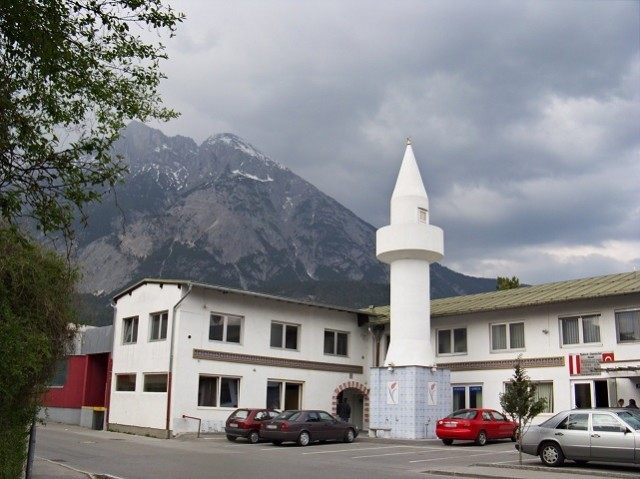The number of non native-German speakers in Austria’s schools has risen, despite a decline in the total student numbers, official statistics have revealed.
According to The Local, almost a quarter of a million students, or 21 per cent of the total student body, speak a language other than German, the 2013/14 figures from Statistics Austria show.
That’s an increase of 7,700, or one per cent in just twelve months. Most of the speakers who do not have German as their mother tongue are in the capital Vienna, with almost half of students cited as primarily speaking another language. This is followed by Vorarlberg, the most Western region of Austria and one of the wealthiest areas in the world bordering with Switzerland , on 22 per cent and Salzburg on 18 per cent. The highest number of native German speaking students can be found in Carinthia, high up in the Eastern Alps.
In Vienna, two thirds of secondary school students speak a language other than German, raising concerns of communications problems in classrooms which could have a knock on effect on other students. And the number rises in state schools compared to private schools, raising the likelihood that it is poorer immigrant children who have altered the demographics.
In 2013/14, eleven per cent of students were registered as foreigners, with the largest group of non-Austrian nationals coming from Turkey 16,100, followed by Serbia and Montenegro (14,100) Germany (13,600), Bosnia and Herzegovina (11,400) and Croatia (8,700 ).
There is an upward trend in the number of German nationals who have emigrated to Austria, whilst the number of Turks, Serbs, Bosnians and Croats has declined. This could be due to the good performance of the Austrian economy or the domino effect of increasing immigration concerns in Germany itself.

COMMENTS
Please let us know if you're having issues with commenting.